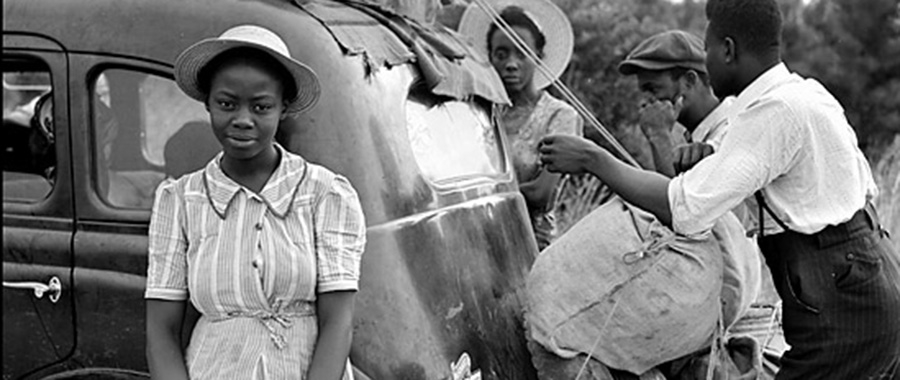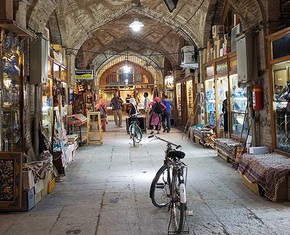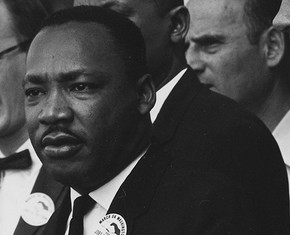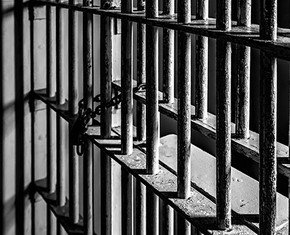The views expressed in our content reflect individual perspectives and do not represent the authoritative views of the Baha'i Faith.
It was a cold day in January of 1920 when the African American attorney Louis Gregory arrived alone in Austin, Texas, ready to advocate for racial amity.
His wife of only a few years, Louisa Matthews Gregory, a white English woman, could not travel with him in the American South because of Jim Crow laws that prohibited mixed race marriages—then legally termed “miscegenation.”
In 1920 lynchings were still commonplace in the United States, and even the sight of a racially-mixed couple could easily spark violence.
Louis was tired from his travels and accompanying hardships, but he was also determined. His mission: to spread the word about race amity and his new-found belief in the oneness of humanity, and to move the world from the existing paradigm of racial hatred and strife into a new world of friendship and peace.
His acceptance of the Baha’i Faith and its teachings about the fundamental oneness of the entire human family would be his tool, his lever, as it were, to move the world. Louis made his most recent trip, just one leg of an ongoing nationwide campaign for racial amity, inspired and uplifted by this recent message to him from Abdu’l-Baha:
Strive with heart and soul in order to bring about union and harmony among the white and the coloured and prove thereby the unity of the Baha’i world wherein distinction of colour finds no place, but where hearts only are considered. Praise be to God, the hearts of the friends are united and linked together, whether they be from the orient or the occident, from north or from south, whether they be German, French, Japanese, American, and whether they pertain to the white, the black, the red, the yellow or the brown race. Variations of colour, of land and of race are of no importance in the Baha’i Movement; on the contrary, Baha’i unity overcomes them all and does away with all these fancies and imaginations. – Abdu’l-Baha, Tablet to Louis Gregory, Star of the West, Volume 6, p. 92.
During his time in Austin, Louis would speak at three historically black venues—Anderson High School, the black secondary school; Tillotson Institute, and Huston College. From all accounts his message inspired the students and faculty at these schools.
Fast forward almost a hundred years to April 13, 2019, at 1:00 pm. The invitation reads:
The Thirteenth Annual Louis Gregory Symposium on Race Unity will be held on the campus of Huston-Tillotson University to commemorate the historic appearance in Austin by this pioneering figure in race relations in this country. Come and join us and see what a world-embracing vision can bring to the age-old tragedy that is American race relations.
My Baha’i community in Austin, Texas realized, thirteen years ago, that we need to commemorate the courage and constancy of Louis Gregory’s sacrificial campaign for racial amity by celebrating his visit to Austin in 1920. We not only wanted to recognize Louis Gregory’s work, but we wanted to carry it on, in the spirit of the Baha’i teachings on the oneness of humanity:
My hope is that the Divine Light may shine here, and that the Heavenly Star of Baha’u’llah may strengthen you, so that you may be the cause of the oneness of humanity, that you may help to make the darkness of superstition and prejudice disappear and unite all creeds and nations.
This is a brilliant century. Eyes are now open to the beauty of the oneness of humanity, of love and of brotherhood. The darkness of suppression will disappear and the light of unity will shine. We cannot bring love and unity to pass merely by talking of it. Knowledge is not enough. Wealth, science, education are good, we know: but we must also work and study to bring to maturity the fruit of knowledge. – Abdu’l-Baha, Abdu’l-Baha in London, p. 54.
















Comments
Sign in or create an account
Continue with Googleor